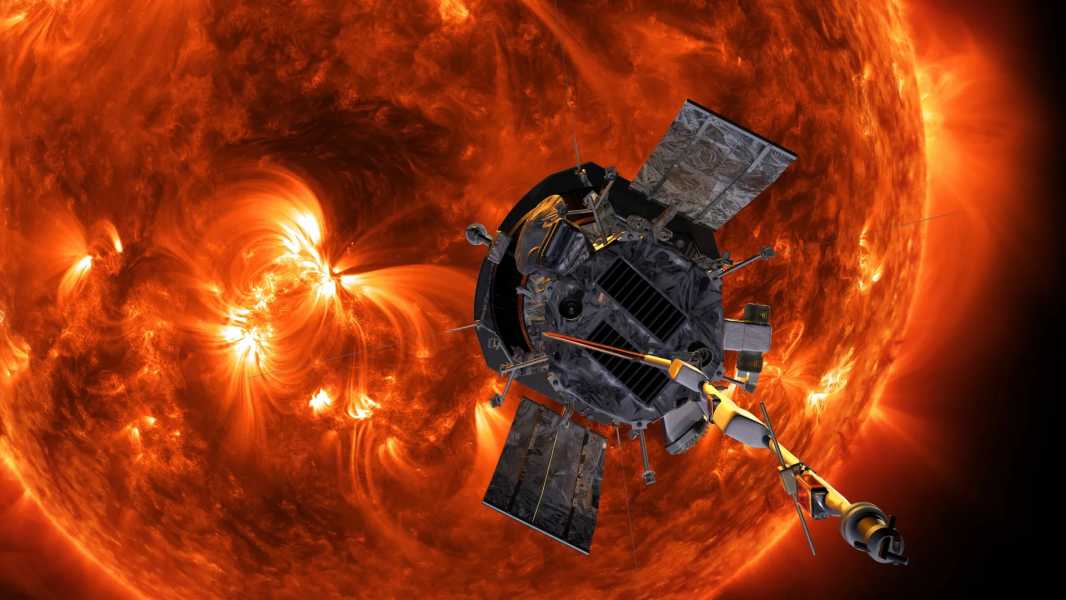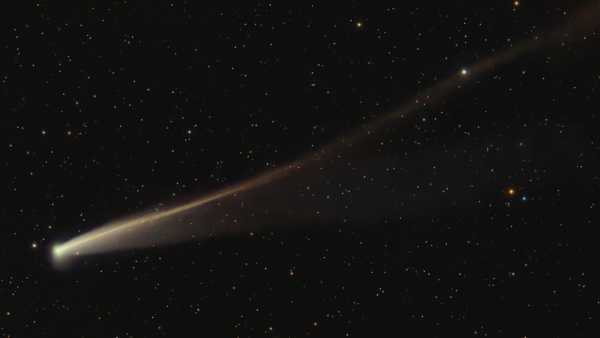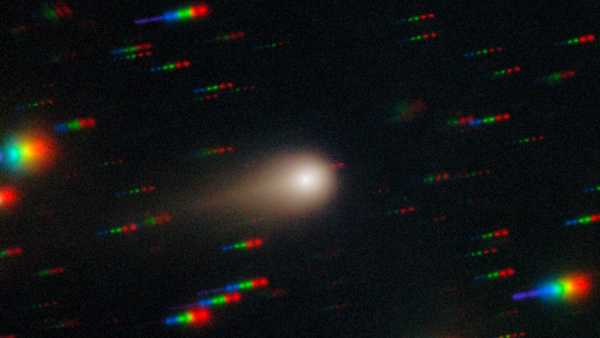
NASA's Parker Solar Probe has successfully completed its second scientific flyby of the sun, the space organization announced Tuesday (March 25). (Photo credit: Steve Gribben/NASA/Johns Hopkins Applied Physics Laboratory)
This week, the space agency announced that the Parker Solar Probe had successfully completed its second close flyby of the Sun.
The car-sized spacecraft passed within 3.8 million miles (6.1 million kilometers) of the solar surface at a speed of 430,000 miles per hour (692,000 kilometers per hour), matching the historic record it set during its Christmas Eve flybys last year.
During the approach, which took place on Saturday (March 22), Parker Solar Probe was again operating autonomously, with its four science instruments programmed to collect solar wind data from within the sun’s corona, the outermost layer of its atmosphere. On Tuesday (March 25), the probe sent a signal home confirming that it was in good health and that all systems were functioning properly, according to a NASA statement.
“This flyby, the second at this distance and speed, allows the spacecraft to make unrivaled scientific measurements of the solar wind and associated activity,” the statement said.
Scientists hope the detailed data collected by the probe will help them better predict space weather, as well as solve long-standing mysteries about our star, such as why its corona is hundreds of times hotter than its surface, extending into space.
“This mission's groundbreaking research is rewriting the solar science textbooks as it goes where no human-made object has ever gone,” acting NASA Administrator Janet Petro said in a separate statement.
Great news: Parker Solar Probe has come home! ☎️The spacecraft is in good shape after its latest flyby of the Sun's corona. During this pass, Parker matched the distance and speed records it set during its previous flyby of the Sun in December. https://t.co/CbRGx8uef1 pic.twitter.com/YofJEGUDf2March 25, 2025
The spacecraft's record-breaking achievements highlight the effectiveness of its special heat shield, which protects the probe from the sun's intense heat, allowing its electronics and instruments to operate at room temperature – even when it's pointed directly at our star to collect solar material.
In recognition of the specially designed thermal protection system and other aeronautic achievements that contributed to the spacecraft's design, the Parker Solar Probe team, comprised of engineers and scientists from NASA, the Johns Hopkins University Applied Physics Laboratory in Maryland, and 40 other partner organizations across the country, was recently awarded the 2024 Robert J. Collier Award from the National Aeronautic Association.
Congratulations to the entire team! Parker Solar Probe is flying closer to the Sun than any other spacecraft and at faster speeds than ever before — all to help us understand how our star affects Earth and other planets. https://t.co/7rEVh4qKE9March 25, 2025
“This remarkable team has accomplished an incredibly challenging space science mission that has been studied and thought impossible for more than 60 years,” said Ralph Semmel, director of the Johns Hopkins University Applied Physics Laboratory in Maryland, in a statement.
“They managed to do this by solving many long-standing technological problems and significantly expanding our country's capabilities in the field of space flights.”
The Parker Solar Probe, launched in 2018, is scheduled to make another flyby at roughly the same speed and distance from the Sun on June 19.
Correction 3/28: The spacecraft passed within 3.8 million miles (6.1 million kilometers) of the sun's surface. This
Sourse: www.livescience.com





